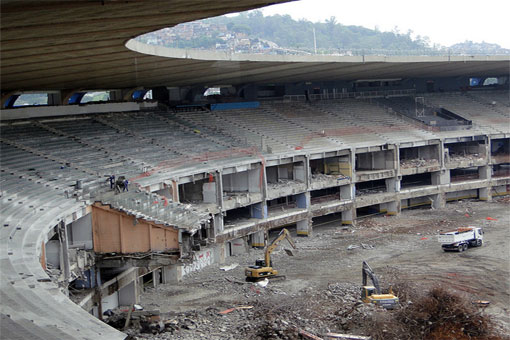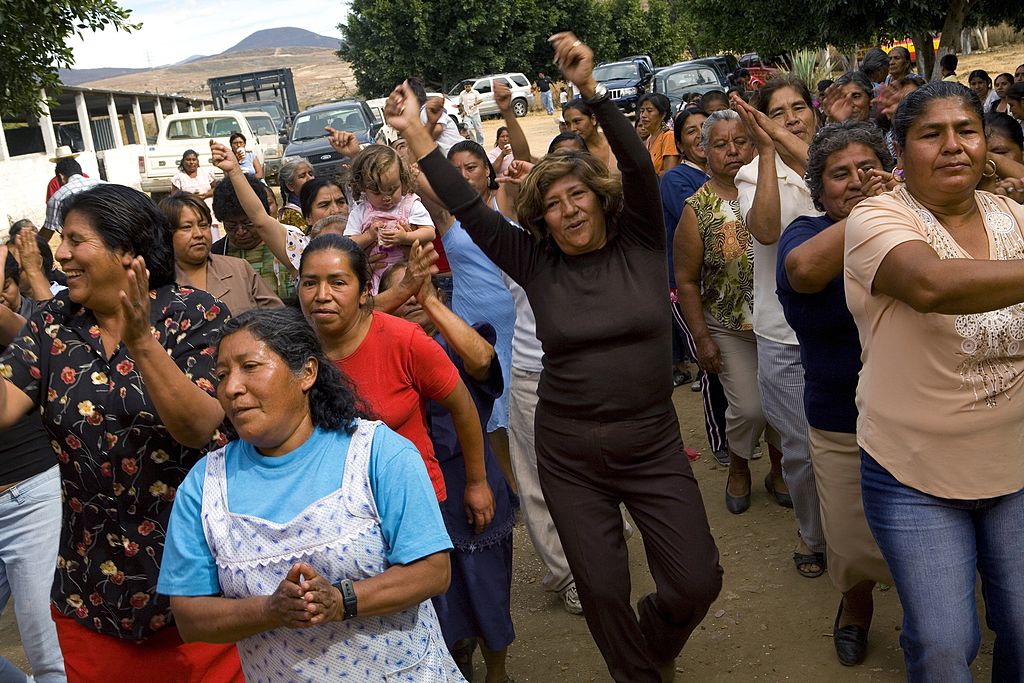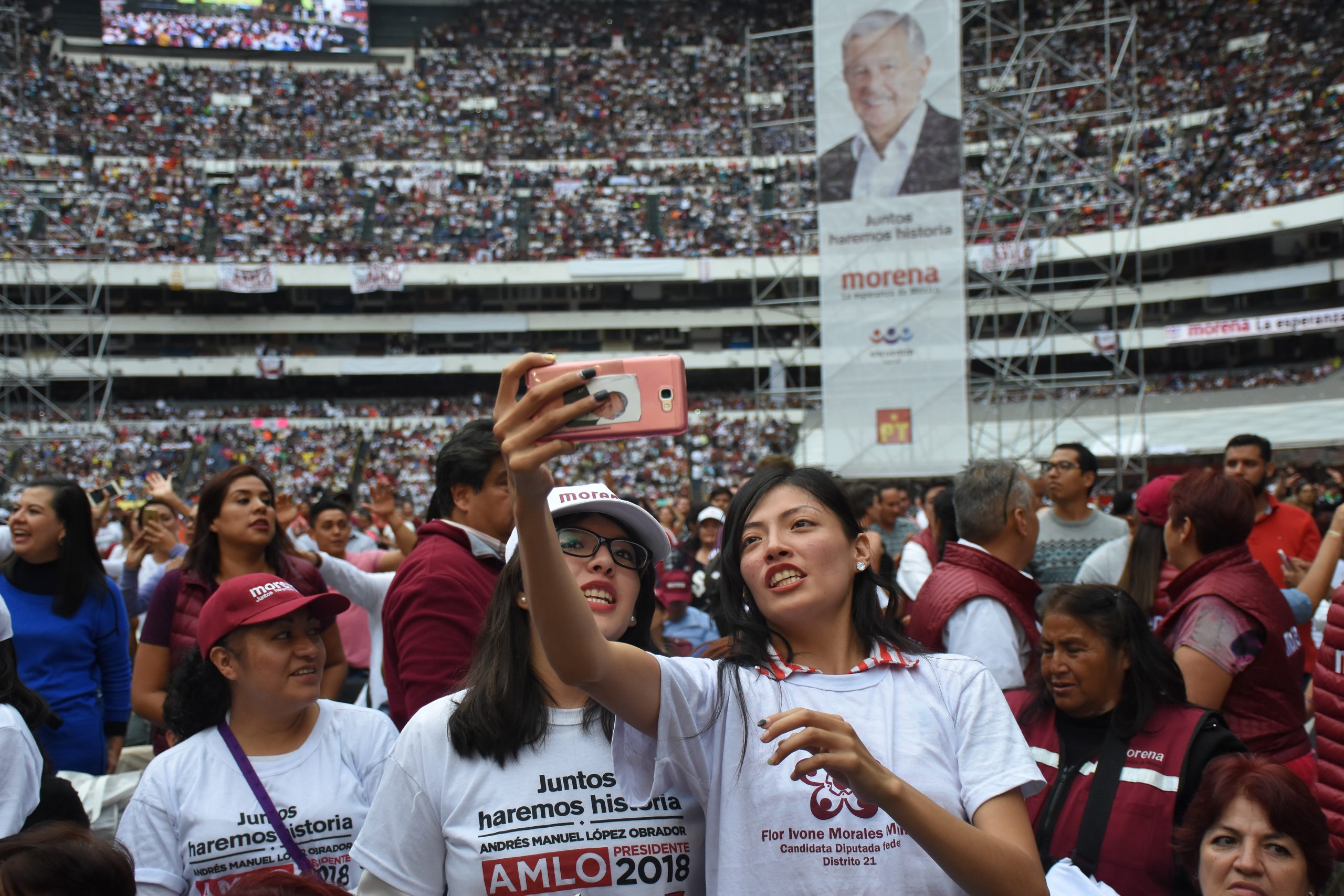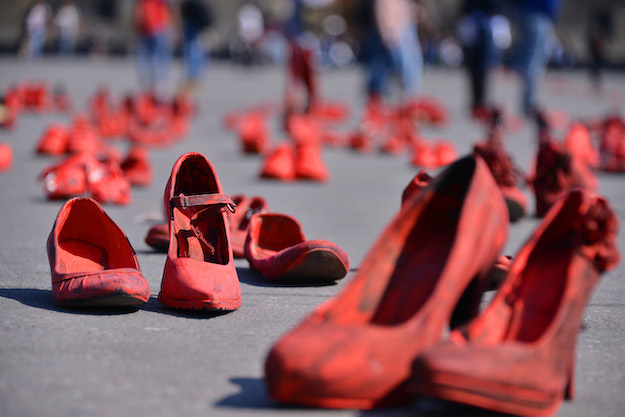On the eve of the 2010 FIFA World Cup Final, 300 children representing over three dozen nations gathered in a poverty-stricken area of Johannesburg, South Africa, for the final of the Alexandra Cup. Organized to bring the game to a local level, FIFA had put the event together in the Alexandra Township as part of its annual Football for Hope Festival—an initiative to promote social and economic development through sport. Since 2005, the festival has been one way that FIFA responds to the age-old criticism that mega events like the World Cup fail to yield long-term social benefits for the host country.
Football for Hope’s mission is to “provide children and young people with valuable tools that make a difference to their lives.” But there is a notable absence of information available through FIFA about the long-term impact of these tournaments, as well as a clear-cut definition of social development. Initiatives like these inevitably beg the question: do soccer tournaments, big or small, really improve the long-term social conditions in the host country, or are these claims just lip-service?
Development experts frequently weigh in on the debate over the World Cup’s potential as a catalyst for change. Optimists include former South African President Thabo Mbeki who in spring 2010 announced his country’s “new dawn” and proclaimed that hosting the World Cup would be the moment when the African continent turned the tide on centuries of poverty and conflict. Mbeki stands in stark contrast to the many more hard-nosed cynics who argue that, apart from the billions of dollars injected into South Africa’s economy in preparation for the tournament, the games yielded few long-lasting gains for the local population.
Others take the middle ground. They argue that mega events like the World Cup can promote social inclusion, but do not actually improve the socioeconomic conditions of the local population. According to Richard Lapper, editor of Financial Times’ Brazil Confidential, the 2010 World Cup brought distinct moments of unity, particularly as a result of South Africa’s newly developed train system. Though it was not built exclusively for the tournament, the train that ran the 64 kilometers (40 miles) between Pretoria and Johannesburg enabled an unprecedented mingling of black and white South Africans.
The Alexandra Cup, which involved collaboration with local nongovernmental organizations (NGOs), evoked a similar sense of cohesion. It drew youth from all over the world and attracted a certain amount of interest to the fact that soccer was being used as a vehicle for social engagement in working-class communities. “Though the tournament was operating on a small scale, the idea behind it was to promote football [soccer] as an organizing principal for peoples’ lives—socializing kids through sports, working in teams, playing fairly, etc.,” says Lapper.
While the consensus among many development experts is that mega events themselves do not implicitly make a lasting social impact, the partnerships between governing bodies like FIFA and local and international NGOs can affect change on a small scale. If this is the case, the challenge is to find ways in which host cities and countries can build on mega sporting events to further use sport as a tool for social transformation. For Brazil, host of the 2014 FIFA World Cup and the 2016 Olympic Games, this is a particularly urgent challenge.
In Rio de Janeiro, Luta pela Paz (Fight for Peace) operates in one of the city’s favelas where it uses martial arts training as a way to help disadvantaged youth improve their quality of life. [For more, see sidebar in Brazil’s Long To-Do List in the Summer 2011 AQ] Since 2000, the organization has offered classes in boxing, capoeira, wrestling and judo, as well as mentorship, job training and placement services.
Located in the Complexo da Maré—a group of 17 violence-ridden shantytowns controlled by three rival drug gangs—this area is only accessible to non-residents using specially contracted transportation; most taxi drivers simply won’t risk entering the favela. In anticipation of the World Cup and the Olympics, the Rio government built a white wall last year that hides the Maré favela from the view of cars passing by on the adjacent highway. When the wall went up, the government told the surrounding community its goal was to lessen the noise of traffic for the residents. But in speaking with community members, their main problems were inadequate health care and education, not acoustics. Clearly, better collaboration with the local government is needed and the city’s upcoming sports events are being looked at by this NGO as an opportunity to increase their visibility and thereby expand their community work.
Miratus, a badminton initiative housed in the Chacrinha neighborhood not too far from Rio’s infamous City of God, stems from the same sport as a tool philosophy. Its director, Sebastião Oliveira, started the organization in 1998 after recognizing a need in his community for children to have greater access to professional sporting and other opportunities. Miratus now sends several of its participants each year to compete in the Pan American Games. He, too, believes the 2014 World Cup will accelerate the growth and attention that local sports organizations need.
However, Overtime in Soccer City, a July 2011 unsavory reflection in the New York Times Magazine on South Africa one year after the 2010 final, suggests it may behoove these and other similar organizations to manage expectations. FIFA may have pocketed only a portion of the $3.2 billion in World Cup revenues, but it’s vastly more than South Africa took home. “In order to make sense of what has happened in South Africa, one has to get rid of the idea of the 2010 World Cup as a month-long football tournament,” says Christopher Gaffney, a visiting professor at the Federal University in Fluminense in the state of Rio de Janeiro.
This same idea should be applied to Brazil’s hosting responsibilities and to the local sports initiatives hoping to reap the immediate benefits of global attention. The more concerned they are with a long-term outlook, the better. But for a country under worldwide scrutiny, (and considerably behind schedule in tournament preparations) Brazil’s Local Organizing Committee’s number one priority is to successfully deliver the 2014 World Cup, not to promote the profile of local NGOs. Still, planning beyond the games must be on the radar screen—and local NGOs only have a limited window of opportunity to take advantage of the international attention that the games offer.
Ultimately, it will up to FIFA and local collaborators to ensure that the World Cup yields sustainable long-term benefits. This goes beyond the immediate gratification of tourism, the rebranding of host cities and the public-private partnerships that are all products of a mega event. This is Brazil’s challenge.







